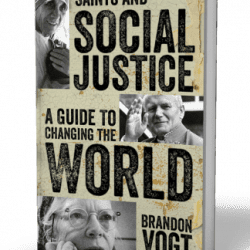Almost every weekday, 14-year-old Tiffany Adams rises before 6 a.m. in the Newark, New Jersey, home she shares with her grandmother and sisters. She dons her school uniform and catches two New Jersey Transit buses across the city, arriving at Christ the King Preparatory School, a Catholic high school that opened in September 2007, at 8. Most days she goes to the standard ninth-grade classes: algebra, Spanish, Western Civ. By all accounts, she excels at them. She is ranked first in her class. Her favorite subject is math, she says, “because it challenges me.”
But five school days a month, Adams skips the uniform and dons business attire. On those days, after a morning assembly, she bypasses the classrooms and hops instead into a van bound for Essex County College. There Adams works in the human resources department from 9:30 a.m. to 5:15 p.m. or so, scheduling résumé appointments, doing clerical work, and generally keeping the place functioning. Far from being a distraction, this opportunity to work while going to school is what drew Adams to Christ the King in the first place. “I thought it would be a good school for me to learn about business,” she says. “I would like to be an entrepreneur.”
Few teenagers are so concretely focused on their future careers. But Adams’ attitude is not unusual for the 89 freshmen at Christ the King Prep, part of a recently formed national network of Catholic schools that combine school and work. In the process, these “Cristo Rey” (Spanish for “Christ the King”) schools have stumbled on a new business model for private urban education—one that asks students like Adams to largely pay their own way.
At the 19 schools in the network (three new ones are opening this fall in Brooklyn, Detroit, and the west side of Chicago), four-student teams share entry-level clerical jobs at area employers. In exchange, these companies pay the schools $20,000 to $30,000 for each team. The subsidy of $5,000 to $7,500 per student keeps tuition low enough (usually around $2,500) that a prep school education becomes feasible for poor families.
More.












